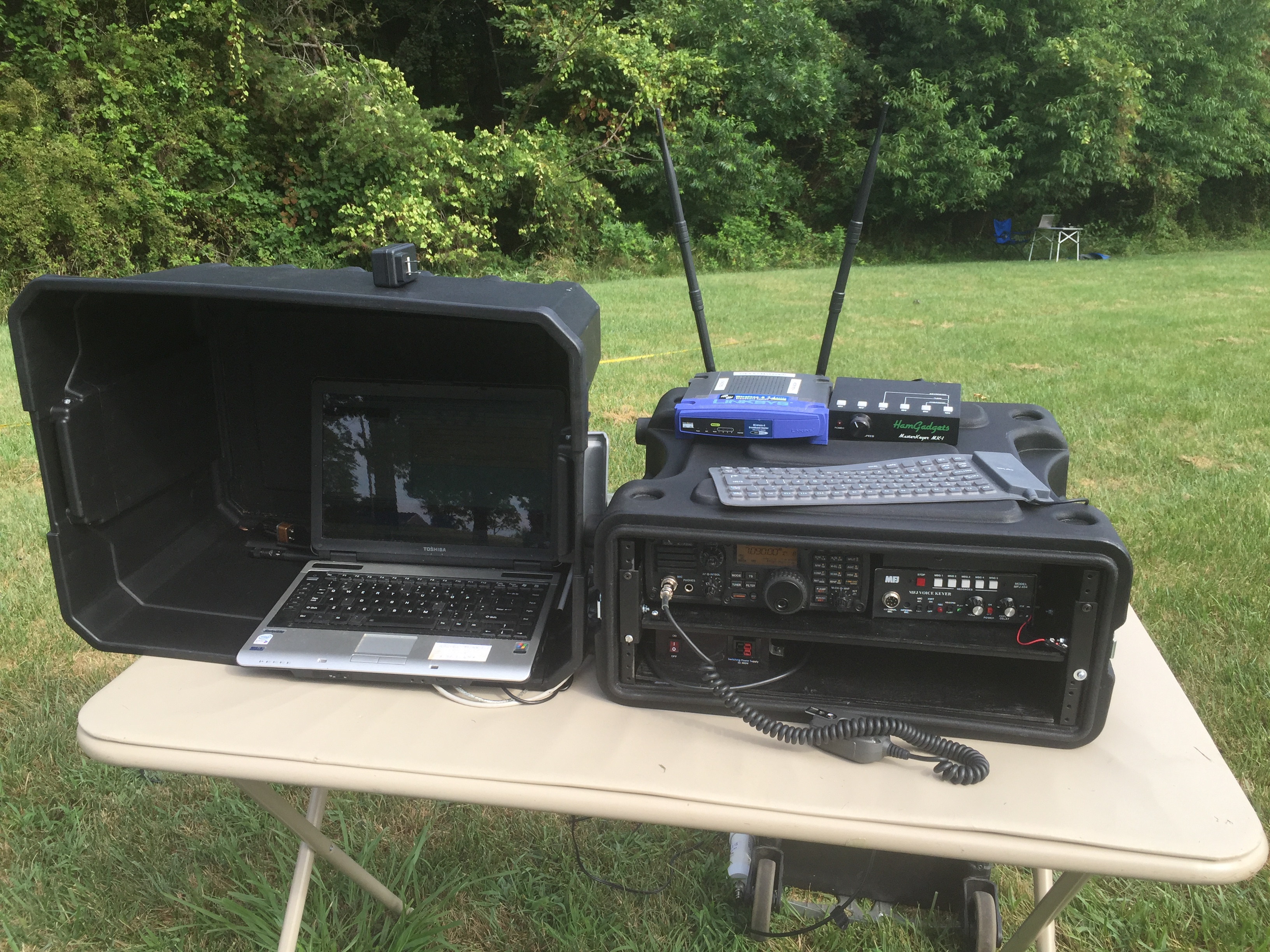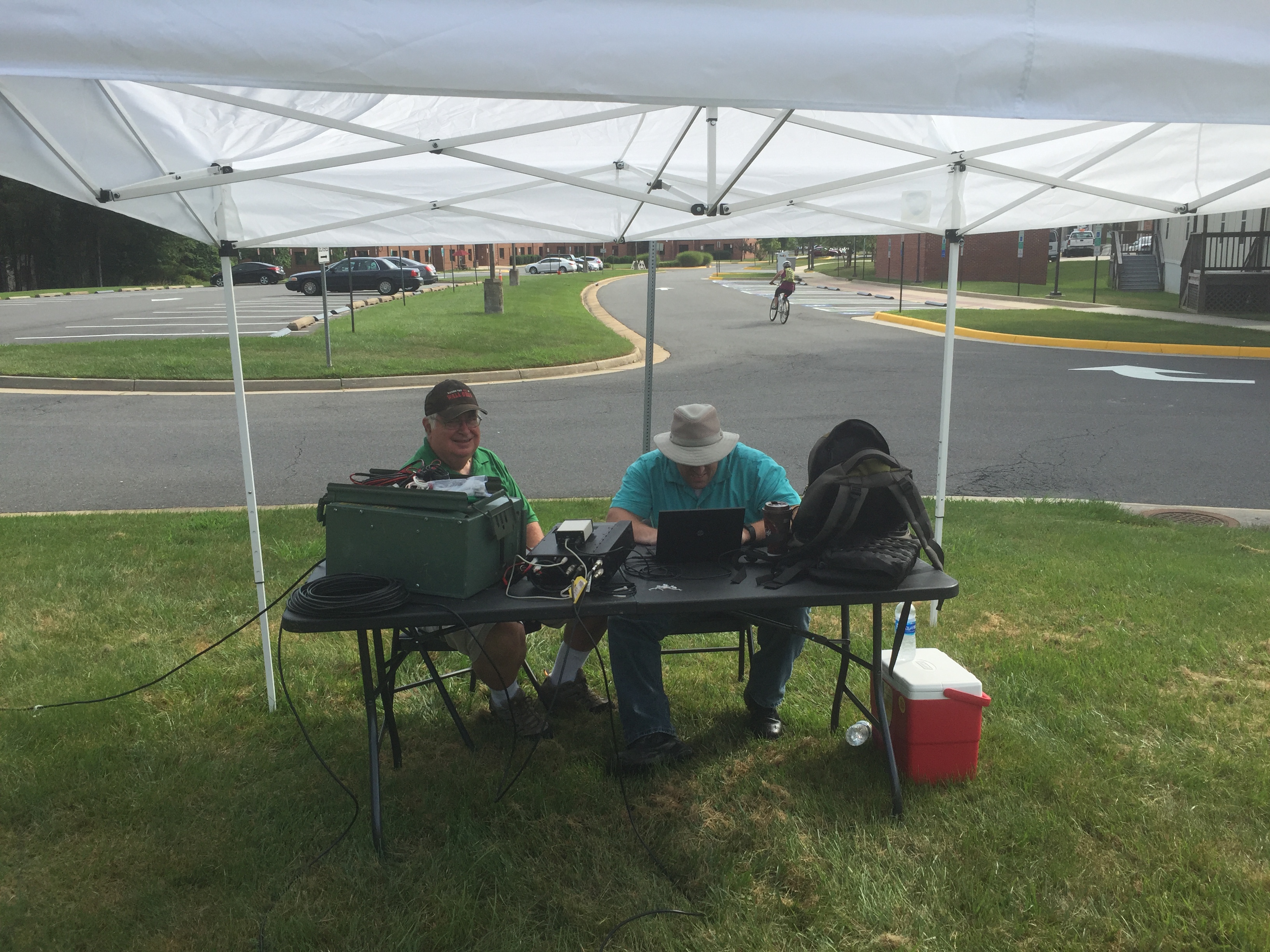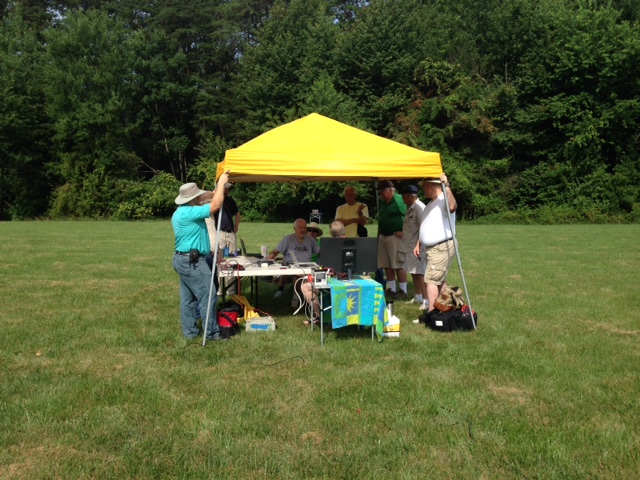Some upcoming events for your calendar:
- MCM Historic Half Marathon: Sunday, May 22, 2022 (0600 start). A few more are needed. Please sign up at Volunteer Local and drop an email to RVARCEvents so they know. Action plan is on their website.
- Hurricane Season: Wednesday, June 1, 2022 – Wednesday, November 30, 2022.
- OSS/CIA Overnight Run: Saturday, June 11, 2022, through AM Sunday, June 12, 2022. The race begins at 1900 and runs through 0700. Rob Williams is coordinating. If you are interested, let me know and I will drop him the note.
- MCM Crossroads 15K and Belleau Wood 8K: Saturday, June 25, 2022 (0600ish) start. Please sign up at Volunteer Local if you are interested.
- Field Day: Saturday & Sunday June 25 & 26, 2022: More in a moment
- WWI Dale City Parade: Monday, 4 July, 2022. I can put you in touch with Rob Williams who is leading the event.
- Willing Warriors Vettes for Vets: Saturday, July 9, 2022: We need two people for this. You need to be mobile (and waterproof) for this event (we’ve had some lovely downpours during the event). Please drop me a note if you are interested.
- MCM Quantico 12K: Saturday, August 20, 2022 (0600ish start). Sign up coming soon.
Now for some notes:
- Training: Saturday, May 21, 2022: Due to a cranky client I cannot attend training. I would encourage everyone to check their gear, and get ready for hurricane season. If you want to practice Winlink, my node is up in receive mode. If you would like to get together on the lawn at the EOC, please let me know and I will make it happen, but there will be no formal training this month (sorry).
- Field Day: Field Day is a bit more than a month away. Is there any interest in doing an ARES set up this year? If so, who is going to lead it and if you want it at the County facilities, please let me know so I can get it set up.
That is the updates as I know them. If there are other events you know about that need our support, please drop the EC a note.











